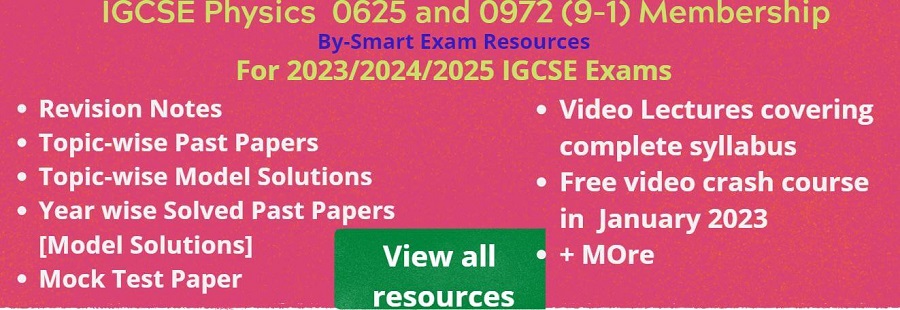6.1.1 The Earth
CORE OBJECTIVES:
- Know that the Earth is a planet that rotates on its axis, which is tilted, once in approximately 24 hours, and use this to explain observations of the apparent daily motion of the Sun and the periodic cycle of day and night
- Know that the Earth orbits the Sun once in approximately 365 days and use this to explain the periodic nature of the seasons
- Know that it takes approximately one month for the Moon to orbit the Earth and use this to explain the periodic nature of the Moon’s cycle of phases Supplement
- Define average orbital speed from the equation v = 2??r T where r is the average radius of the orbit and T is the orbital period; recall and use this equation
6.1.2 The Solar System
CORE OBJECTIVES:
- Describe the Solar System as containing:
- (a) one star, the Sun
- (b) the eight named planets and know their order from the Sun
- (c) minor planets that orbit the Sun, including dwarf planets such as Pluto and asteroids in the asteroid belt
- (d) moons, that orbit the planets
- (e) smaller Solar System bodies, including comets and natural satellites
- Know that, in comparison to each other, the four planets nearest the Sun are rocky and small and the four planets furthest from the Sun are gaseous and large, and explain this difference by referring to an accretion model for Solar System formation, to include:
- (a) the model’s dependence on gravity
- (b) the presence of many elements in interstellar clouds of gas and dust
- (c) the rotation of material in the cloud and the formation of an accretion disc
- Know that the strength of the gravitational field
- (a) at the surface of a planet depends on the mass of the planet
- (b) around a planet decreases as the distance from the planet increases
- Calculate the time it takes light to travel a significant distance such as between objects in the Solar System
- Know that the Sun contains most of the mass of the Solar System and this explains why the planets orbit the Sun
- Know that the force that keeps an object in orbit around the Sun is the gravitational attraction of the Sun
EXTENDED/SUPPLEMENT OBJECTIVES:
- Know that planets, minor planets and comets have elliptical orbits, and recall that the Sun is not at the centre of the elliptical orbit, except when the orbit is approximately circular
- Analyse and interpret planetary data about orbital distance, orbital duration, density, surface temperature and uniform gravitational field strength at the planet’s surface.
- Know that the strength of the Sun’s gravitational field decreases and that the orbital speeds of the planets decrease as the distance from the Sun increases 10 Know that an object in an elliptical orbit travels faster when closer to the Sun and explain this using the conservation of energy

Write a public review